The aluminium bars of the cage surround us as we peer through the greenish water to the seagrass beds below. Our cage captain, Maddy, is gently rattling the chain above us, sending vibrations into the water. GoPros are poised at the ready, and divers wait quietly in anticipation, the sound of our regulators the only constant. So we wait. Minutes tick by. The cold of the 18 degree water slowly starts to seep into our muscles. Then, a rapid tap on my shoulder urges me to turn around. “Look, look” it seems to say. I spin round, and there she is. A 4m great white, (Carcharodon carcharias), slowly circling the cage at the edge of our vision.
Beauty, grace, power. Curiosity. A few of the words that come to mind.

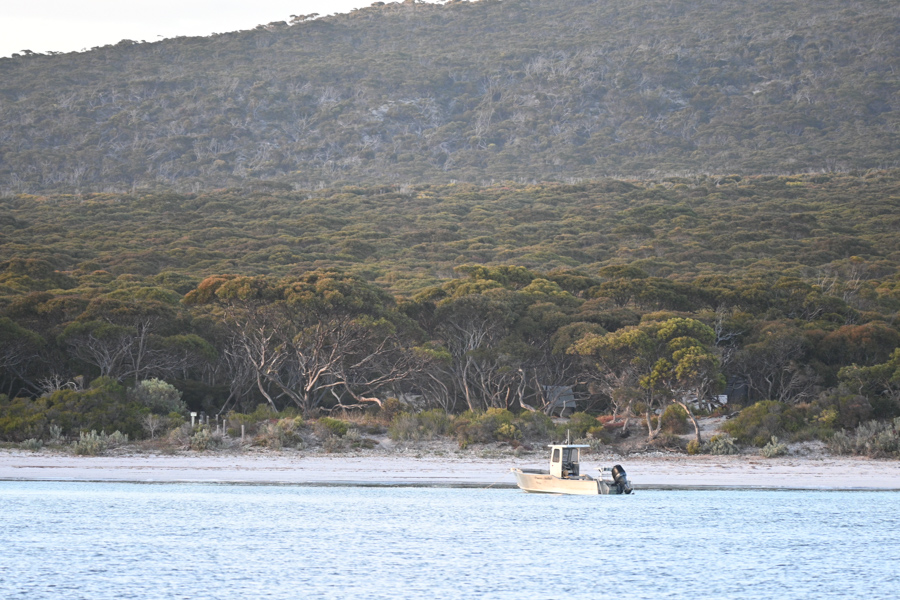
Throughout the dive she gradually comes closer, and by the end of the dive we had a total of 4 unique sharks circling the cage at different times. To be in the water with these apex predators, and see how they move through the water was truly a remarkable experience.

The expeditions
In November last year, I spend two weeks in Port Lincoln, South Australia, volunteering as crew on board the MV Rodney Fox. Rodney Fox Shark Expeditions is an ecotourism and expedition company focusing on providing education and interactions with the charismatic megafauna that are great white sharks.
Operating out of the Neptune Islands, the company provides in water interactions with the sharks through surface cage diving, and the only ocean floor/bottom cage diving anywhere in the world. Trips are multi-day, staying in cabins on their liveaboard, with educational talks in the evening, along with land based excursions to the local islands and in water snorkelling with Australian sea lions.


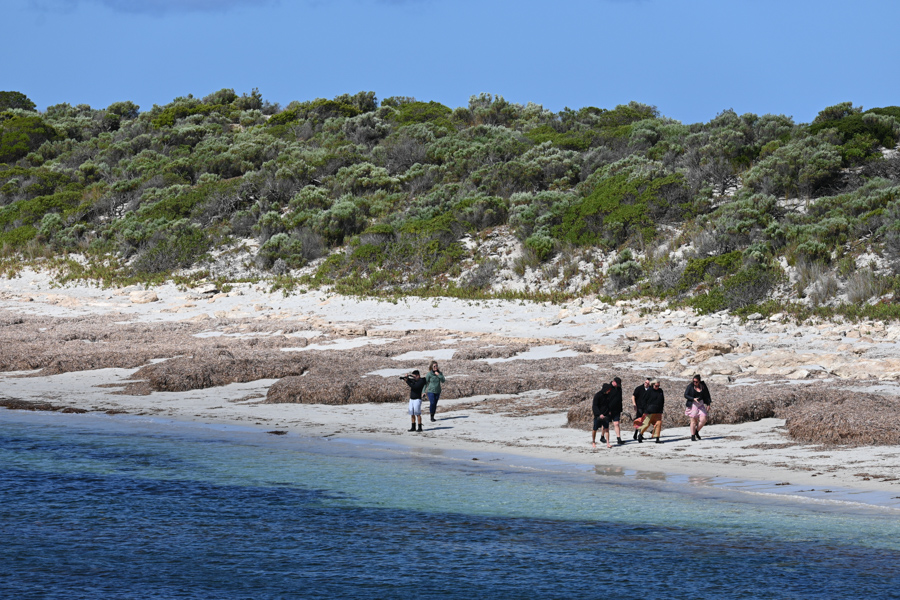
The story of Rodney Fox…
The founding story of Rodney Fox is as unlikely as it is inspirational. It all began in 1963, when Rodney Fox suffered a near fatal attack from a Great White Shark in a spear fishing competition in South Australia. After recovery and an initial hunting expedition with famous game fisherman, Alf Dean, he reflected on the experience and realised culling the sharks was not the answer he sought. Instead, he developed a fascination for these creatures and a curiosity to learn more.
Rodney then pioneered the first shark cage as a way to face his fears and get back into the water. In doing so, he realised sharks were not the senseless “man-eaters” that was the common rhetoric of the time, but instead cautious, intelligent creatures uninterested in the human in the cage. And so it began. From then on, Rodney Fox collaborated with numerous film crews, and tour groups, eventually starting the family business to run these pioneering trips. Now, the Fox team collaborate with many researchers, providing a platform for scientists to learn more about this species. Rodney Fox has now spent over 60 years of his career dedicated to conserving and educating about these creatures. His story from shark attack victim to one of their biggest advocates is truly remarkable.
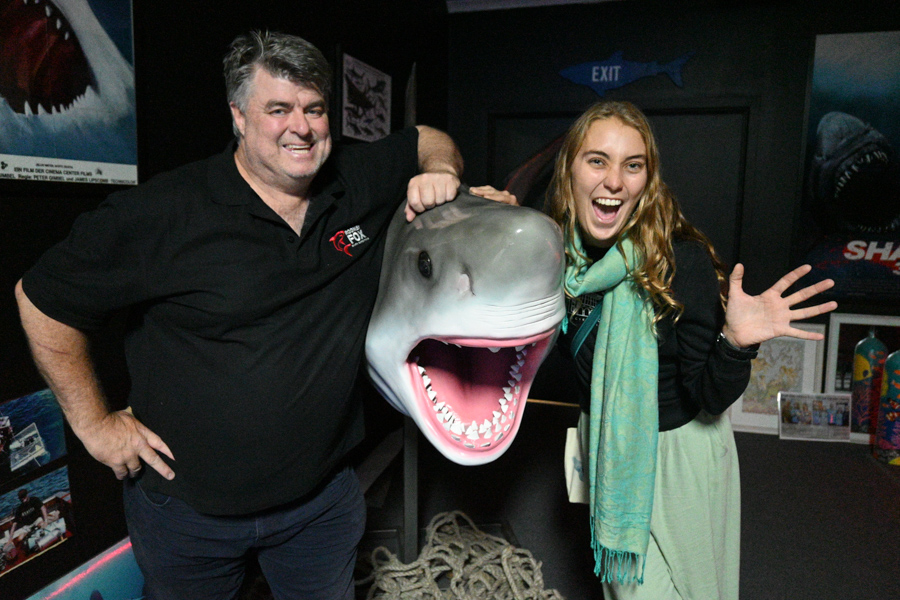
Training
Arguably one of the most unusual certifications I can take away from my year, is that I can now write on my resume I am qualified as a cage captain. What does this involve you ask?
The cage captain is the in water supervisor responsible the keeping an eye on the divers, and communicating with the surface support team. Guides are also trained in identification of the sharks, i.e. if they are male or female via their claspers, and experienced cage captains can often identify unique individuals, just by looking at them.
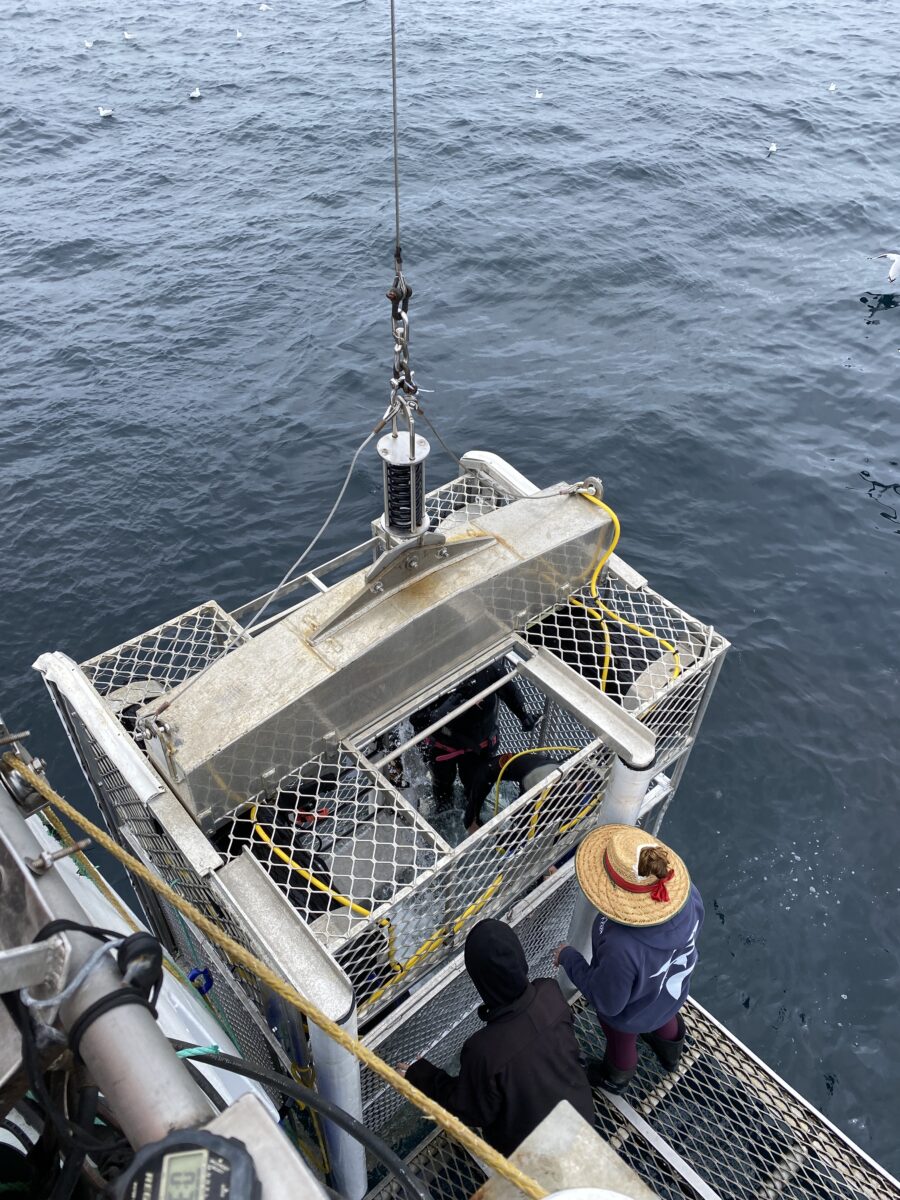
In this role we learnt about giving a cage diver briefing, line signals, the backup ropes and cranes, and the flotation system of ballast chambers that can be filed to float the tank. The cage containing divers, is lowered into the water via the crane from the boat, and we can communicate topside via line signals on a communication rope.
For instance, if a diver has a problem with their ears on the way down, we have clear signals to communicate this topside and stop the descent! I think given various movies cage diving can have a reputation as unsafe, however, upon learning about all of the various backup systems in place I was much reassured. In fact, the South Australian shark and cage diving industry is one of the most highly regulated in the world!
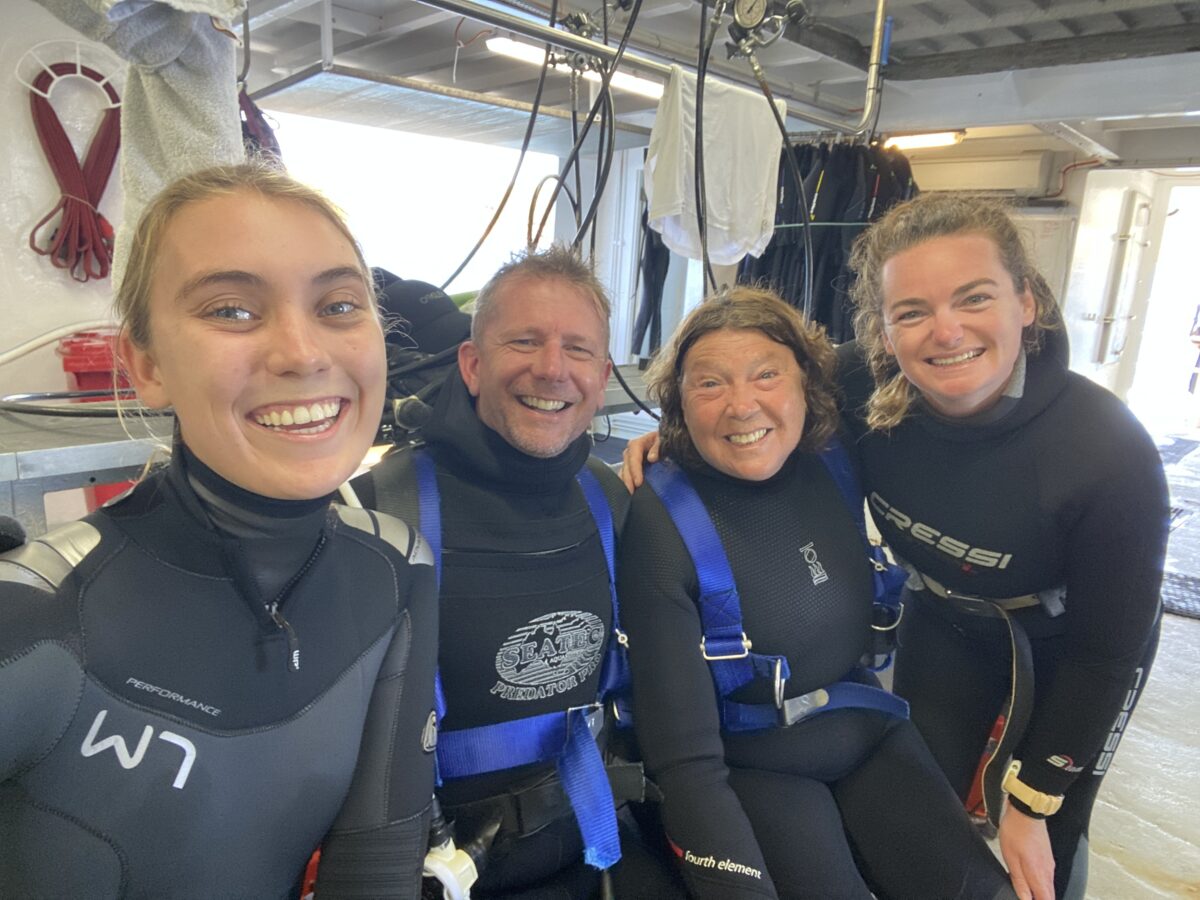
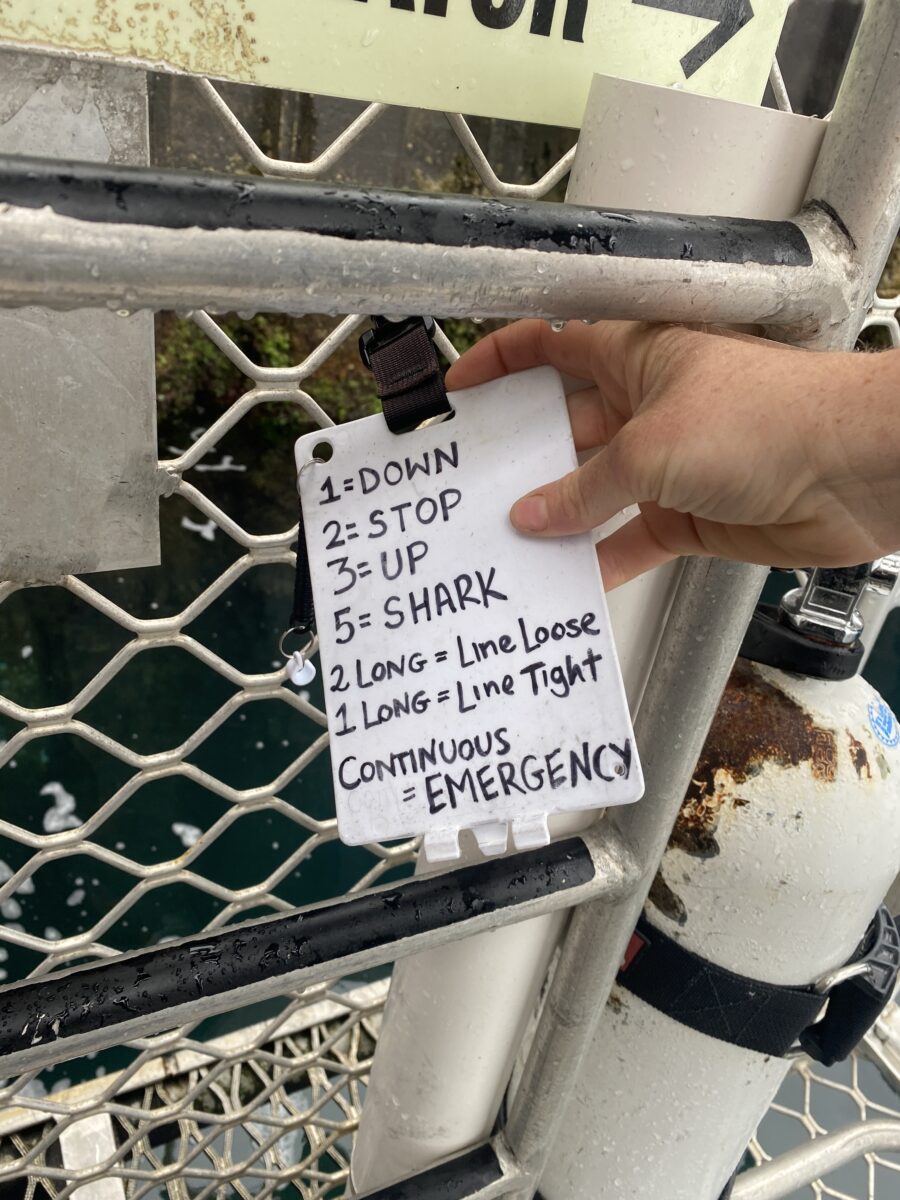
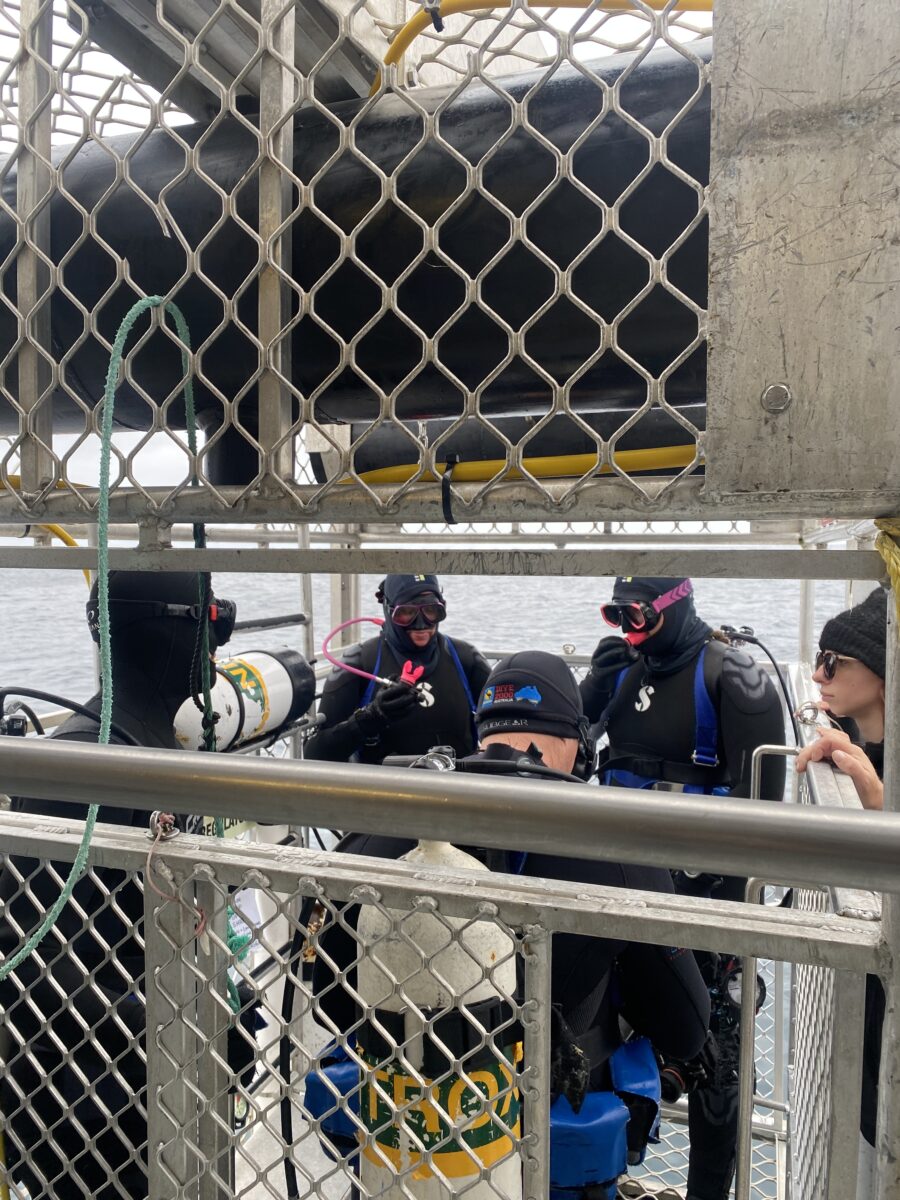
Photo Workshop
While I was on board I also had the opportunity to take part in a photography workshop by international award winning underwater photographer Matty Smith.
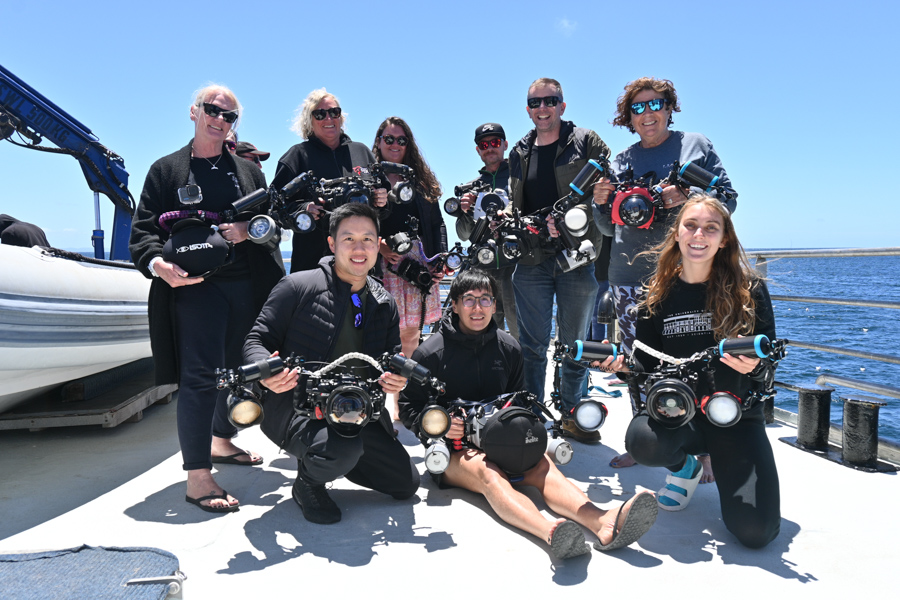
On board, Matty gave a series of lectures in the evenings, focusing on the techniques for great white photography, sea lion portraits, ethics when sharing shark photography, and creative techniques like using a front or rear curtain sync with flash. It was a pleasure to take part in this alongside the Australasian scholarship founder, Jayne Jenkins! It was fantastic to be surrounded by so many passionate photographers, each with their own ideas and experience, and learn from them.
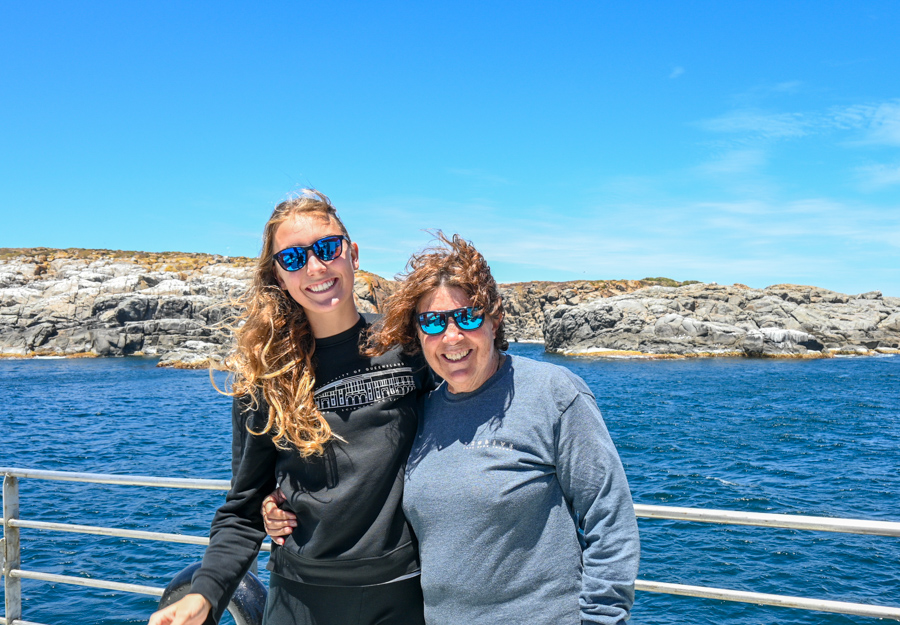
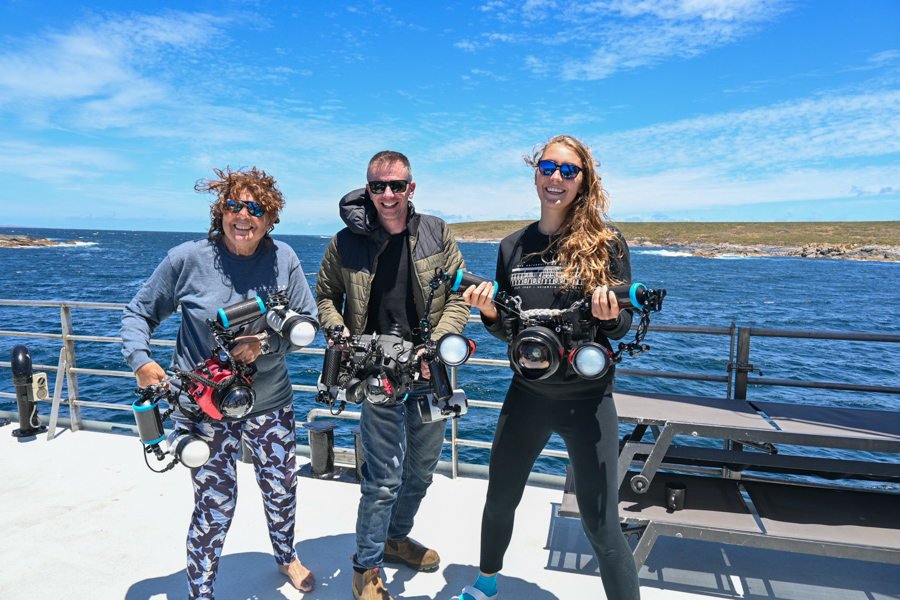
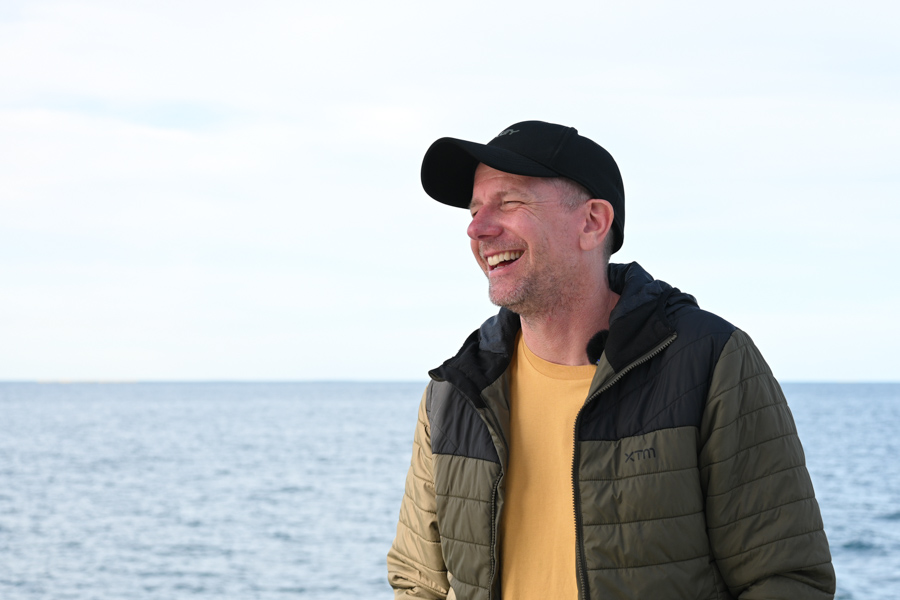
Despite the awe inspiring power of the Great Whites, one of my favourite parts of the expedition was having my first dives with the Australian sea lion (Neophoca cinerea)! These animals are just so so playful and joyous in the water. They often mimic your movements, if they approach you, and I found myself playing along with them. They are such a curious, charismatic animal and it was an absolute pleasure to be in the water with them. However, Australian Sea lion numbers have suffered a 40% decline over the past 4 decades. Their numbers are so low they were recently resisted from “vulnerable” to “endangered”. You can learn more about the iconic sea lion and efforts to protect them here.
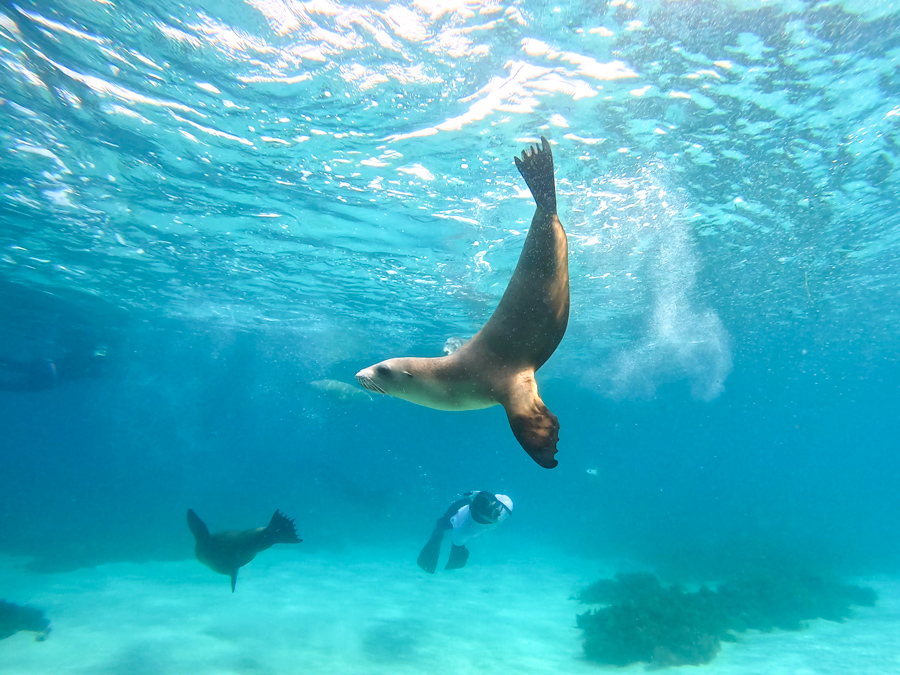


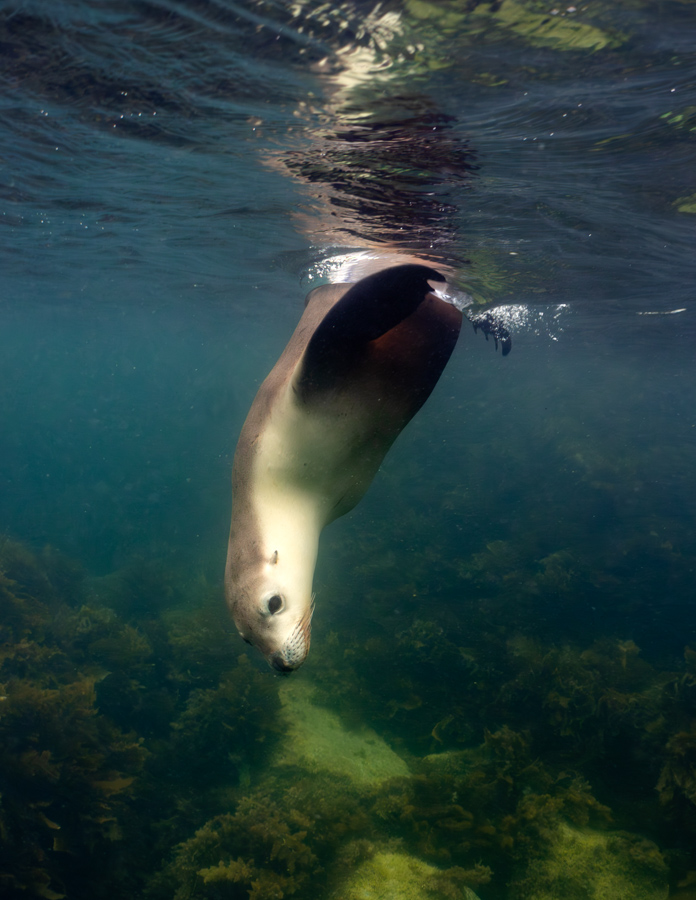

We also has an expedition to Thistle Island, visiting the population of locally endemic Pearson Island rock-wallaby (Petrogale lateralis pearsoni). This species is endemic to South Australia and currently known from three locations; on Pearson Island, Thistle Island and Wedge Island. Seeing the fluffy juveniles was so cute!
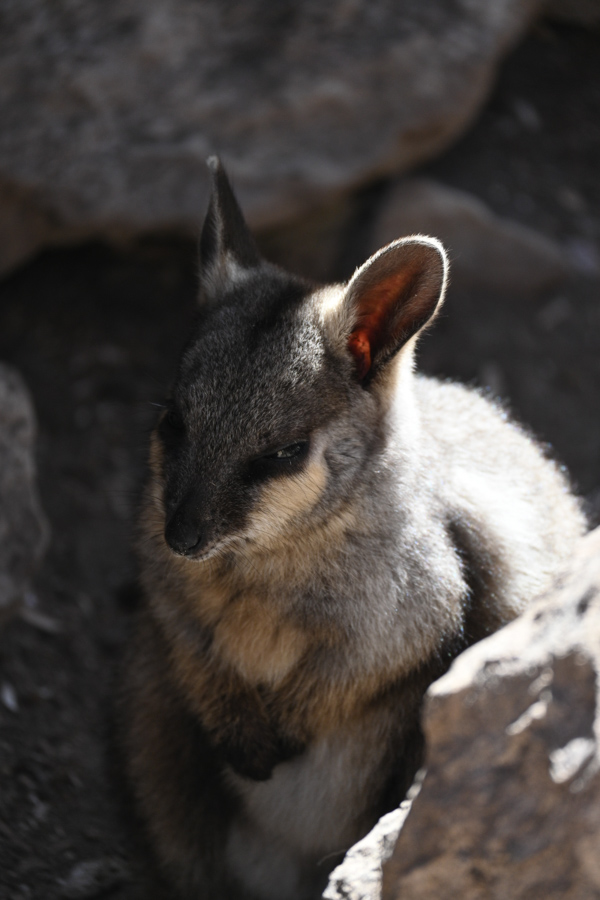

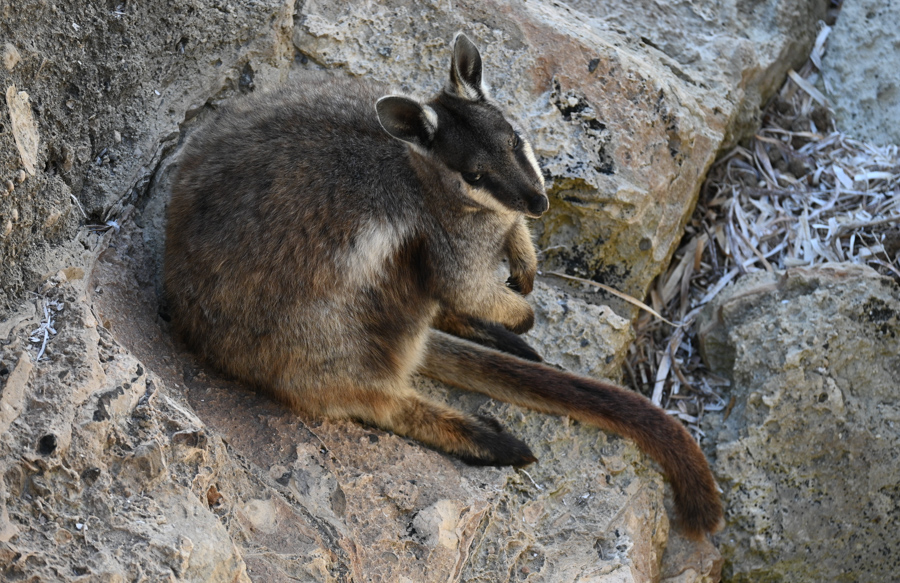
Some of the inspiring photographers I met this trip…


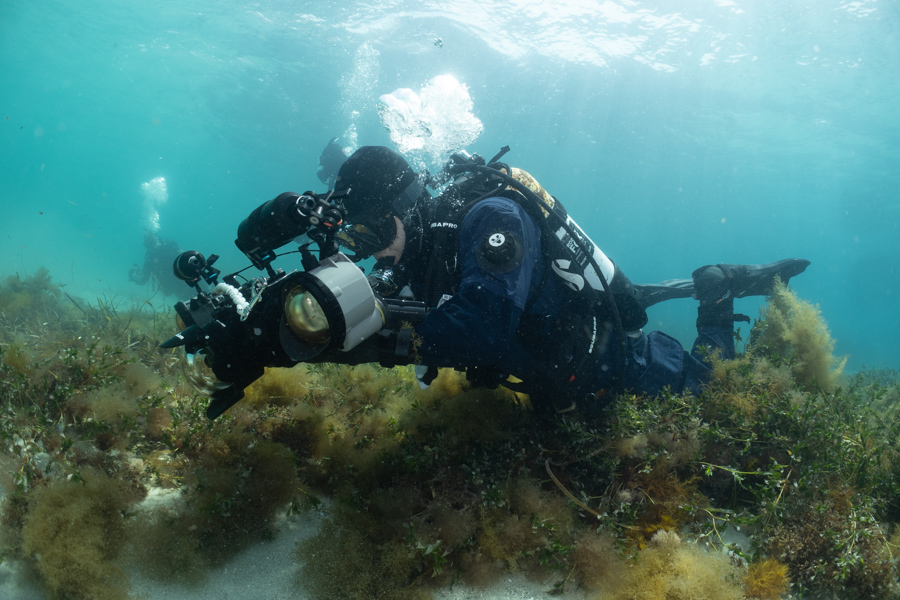
Drills training
While I was on board, I had the opportunity to take part in a drills training day with the rest of the crew. We took the opportunity to explore and get familiar with the the engine room, learning about the CO2 shutoff fire extinguisher system, practicing the different alarm signals on the boat, and even had the opportunity to practice using the using the fire hoses on the vessel. I was fascinated by their portable water extinguisher system that uses seawater.

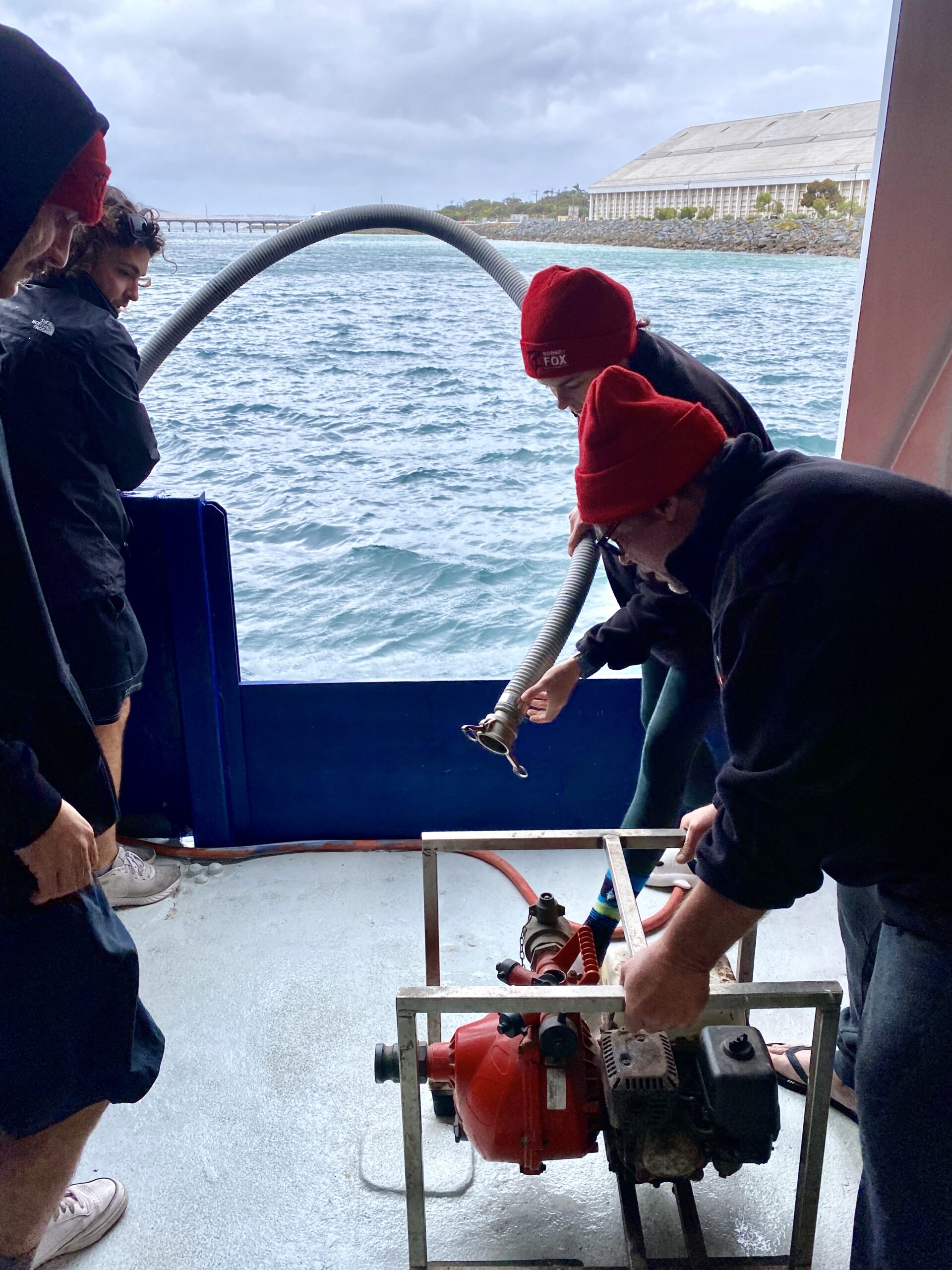
Everyday maintenance
Of course, working as part of the crew meant partaking in part of the everyday upkeep of the boat. This means participating washing down the decks each day and at the end of the expedition, doing changeover, restocking, taking away old laundry, or cleaning toilets. Not everything about the scholarship is glamorous! But these tasks went by quickly when working together with the crew.
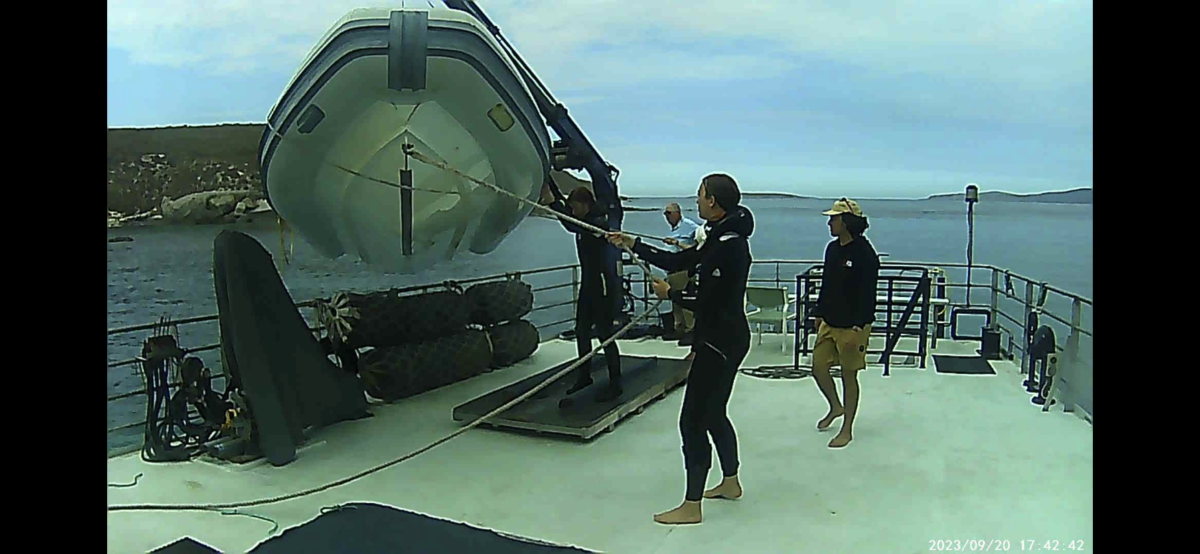
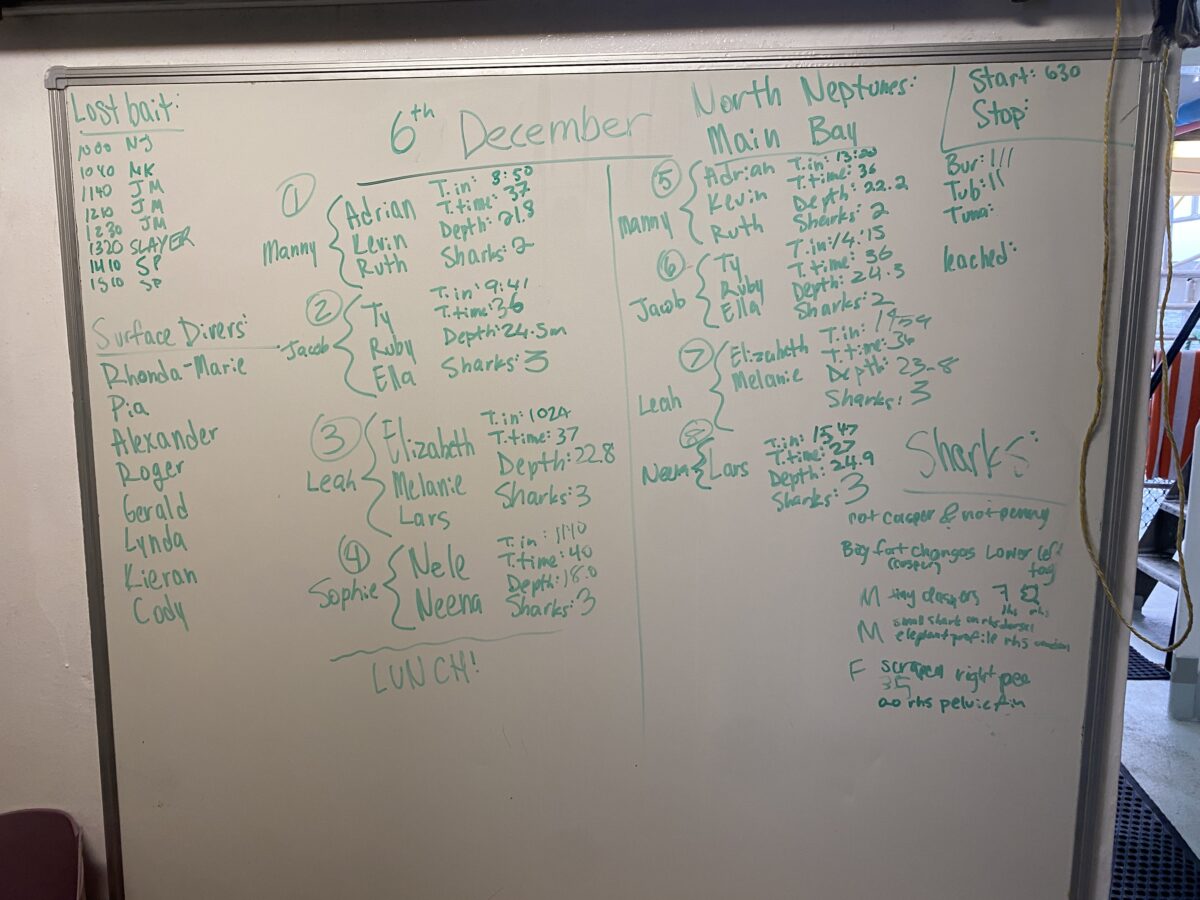
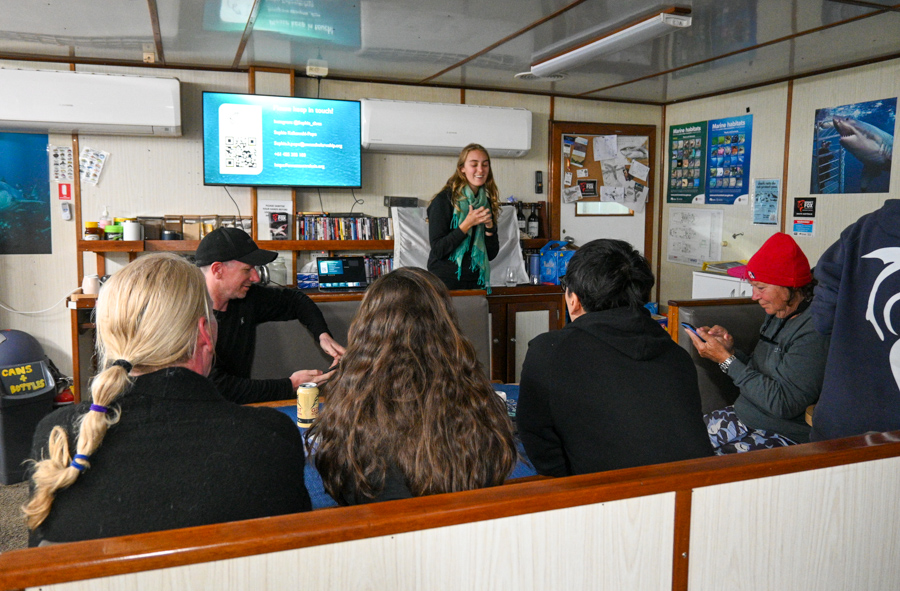
Rodney Fox Shark Museum and Learning Centre
Finally, on my trip home I stopped in to Adelaide to meet Andrew Fox (the son of Rodney Fox) and visited the museum Rodney Fox Shark Museum and Learning Centre. The museum features a myriad of exhibits on sharks, vintage diving equipment, films like Jaws, depictions of sharks in the media, along with interactive displays designed to inspire ocean conservation. It was fascinating to talk to Andrew about his life growing up surrounded by sharks, and his passion for the family business. Thank you!
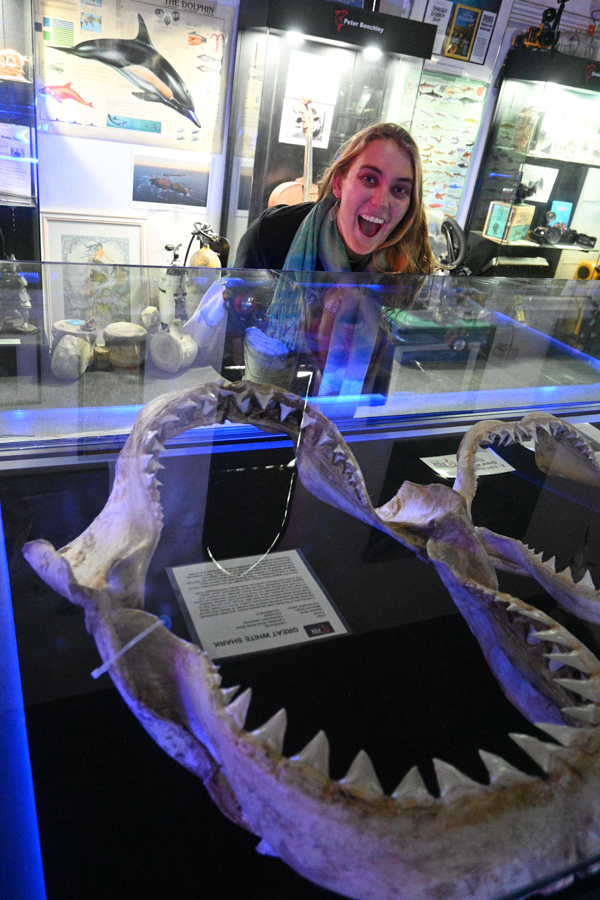
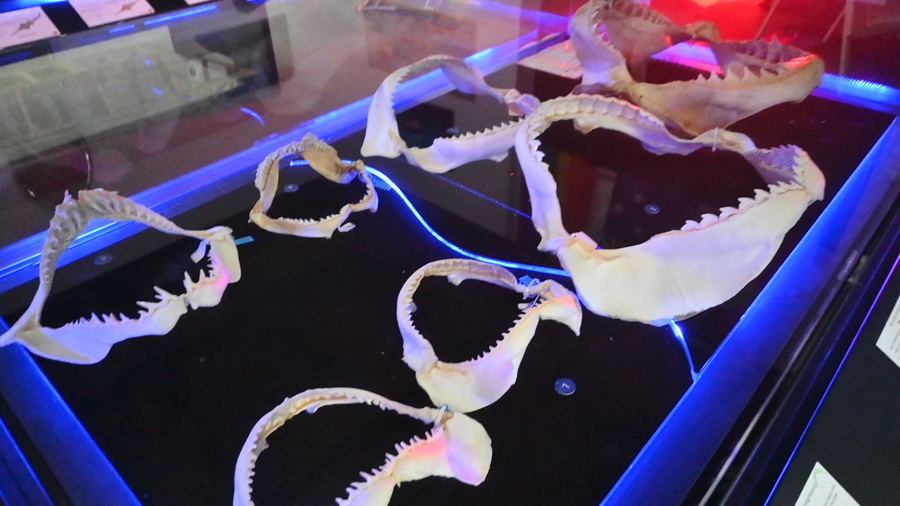
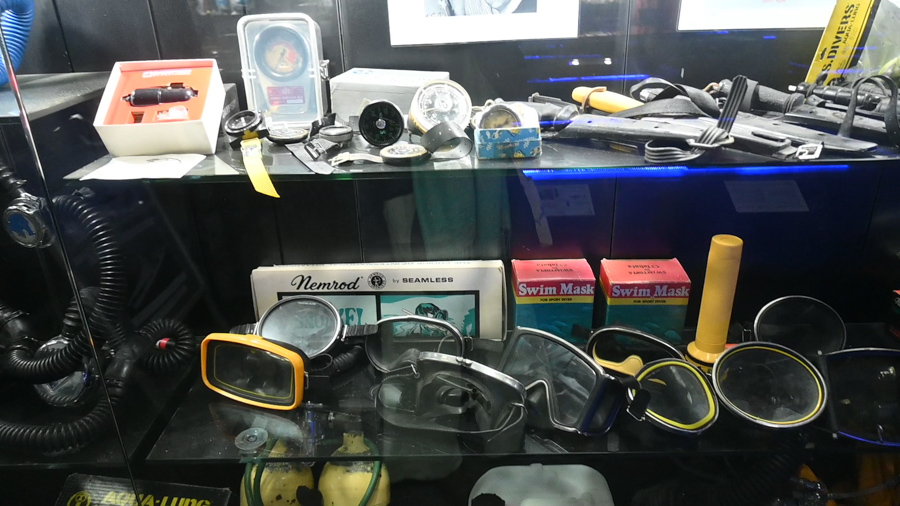
Thank you to Rodney Fox, the crew, Matty Smith, Jayne Jenkins, and everyone involved in my experience on board Rodney Fox. Thank you also for being such a longstanding supporter of the Australasian Scholars.
Great White Sharks are powerful, beautiful, intelligent creatures. There is still much we do not know about their life cycles. However, they are currently listed as vulnerable and their population is decreasing. The Fox Shark Research Foundation is one of the leading research collaborations for white sharks, having identified over 2000 individuals. To support this research, learn more here.
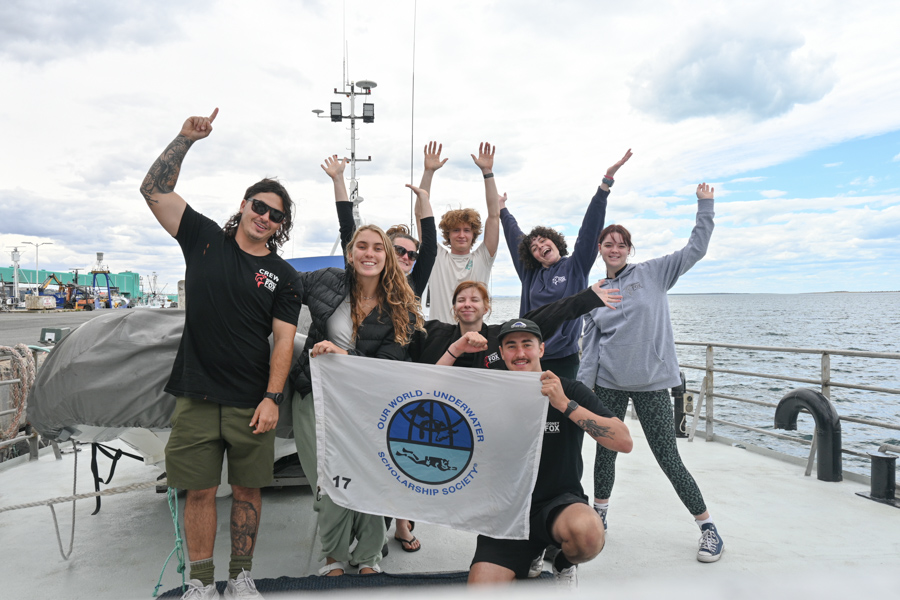
Some of the incredible crew who made me feel at home.
The biggest takeaway from Rodney Fox for me, was that I love working on boats. I love working as a team. The routine of waking up, working together as a crew, doing practical things with your hands, eating meals together, and laughing over a drink before a well earned rest.
It felt like family. I now plan on working on a ship at some point in my future.